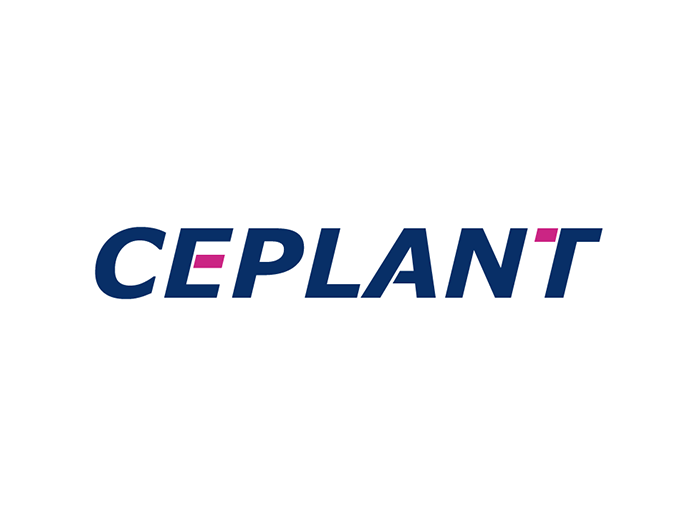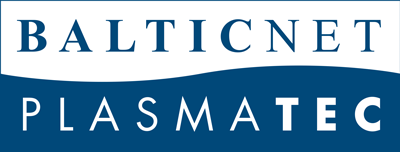CEPLANT
Address
Kotlarska 267/2
61137 Brno
Czech Republic
Contact
Contact person: Prof. Mirko Cernak
Phone: +420 5494 9144 6
Website

About CEPLANT
The centre CEPLANT at Masaryk University was established in 2010 in order to develop highly innovative plasma-based technologies for surface modifications according to the market demand, especially the demand of SME. It was enabled due to the more than 50 years lasting tradition of the high-quality applied research of plasma technologies and plasma sources at the Masaryk University.
The long-term vision is to establish a reputable centre that will be the leading Central European R&D institution in the field of in-line plasma surface treatments and will be sought after as an R&D partner by global international companies too.
Research Focus
The plasma nanoscience is a new and hot basic science area specified in details, together with the term of scalable nanofabrication. The clean technology is an industry term used to describe a diverse range of processes that improve operational performance, productivity, or efficiency while reducing costs, inputs, energy consumption, waste, or environmental pollution. Since 2007, in EU needs of the industry for the new clean technologies are prompted by REACH legislative. It is the strictest law to date regulating chemical substances that shifts the responsibility from public authorities to industry with regards the risks posed by industrially used chemicals.
All clean technologies contain surfaces that are critical elements that are to be tailored to their efficient functions such as hardness, electrical properties, biocompatibility, low or high friction or adhesion, water repellence or wettability, catalytic activity, etc. Tailoring of the surface properties usually starts with an activation process. This step creates reactive functional groups on the surface, serving as anchor groups for a following specific functionalisation in a second step. The activation process is restricted to a shallow depth of the material. Ideally, the modified layer should constitute a few monolayers of the surface and the deeper layers (bulk material) should not be altered. Modern gas-plasma-based technologies have the unique potential to provide plasma surface activations with the required quality standards in terms of speed, homogeneity, process stability, efficiency and, the first of all, they are environmentally clean and workplace safe technologies. Moreover, the plasma activation affects about 10 nanometres of the very surface layer and no other method can provide the same versatile and non-destructive surface treatment capability even of the most inert substrates.
As the research fields are described below, the scope of CEPLANT is aimed to cover the whole value chain – from fundamental research up to technology transfer, where the basic nanoscience research is oriented preferably on developing the next-generation plasma-based nanotechnologies and applications.
Research Fields in Physics
1. Discharge physics and plasma diagnostics and modelling
Profound understanding of the generated plasma, in its complexity and detail, is critically important to achieve any plasma-based innovations. There are studied modern topics of high-resolution plasma diagnostics, detailed computer simulations, study of discharge self-organization and stabilization in deposition and treatment processes, plasma-chemistry generation in volume or in contact with sample surfaces etc.
2. Plasma surface treatment
The main focus is on the plasma activation, etching, cleaning, mineralization, disinfection of a broad range of materials especially at atmospheric pressure. The main attraction of plasma surface treatments in industrial processing is the avoidance of chemical effluents and the surface tailoring on a nanometre scale. Other advantages include low cost, rapid reaction times, low consumption of gases due to physical effects, and the dry nature of the process.
3. Thin film deposition
The research and development activities in the field of deposition of thin films and synthesis of the nanomaterials from gaseous phase has long-time tradition at CEPLANT and Masaryk University. PVD, PECVD and hybrid deposition processes are used to grow metallic, ceramic, nanocomposite, oxide or nitride thin films with required elemental composition and microstructure as well as nanomaterial such as nanotubes, graphene, nanoparticles etc. The main advantage of the plasma assisted deposition techniques is high versatility allowing to grow materials at conditions very far from the equilibrium and very low impact on environment.
4. Plasma-modified surface diagnostics
The research and development activities in the field of plasma-modified surface diagnostics went hand in hand with the development of plasma activation and thin film deposition techniques. Surface diagnostics are necessary for optimisation of both plasma activation as well as deposition processes. Recently, CEPLANT is equipped with cutting-edge facilities and their operators are experts in both surface and plasma science, which not only ensures mastery of the standard operations but also the development of new techniques that targets for new challenges in the field.
5. Research and development of plasma generators
The focus of CEPLANT is at the development of plasma generators applicable for plasma surface treatments of materials at atmospheric pressure. Up to now CEPLANT has designed and constructed several plasma reactors according the concrete requirements of customers primarily based on unique plasma technology (called DCSBD) that has been delivered to various research institutes and industrial partners in Europe. Last but not least strong point of CEPLANT is also development of power supplies for plasma generators. Technical engineers of CEPLANT have much experiences and skills from industry and close cooperation between them and researchers of centre leads to the development of novel plasma generators constructed completely at CEPLANT.
6. Technology transfer (supportive non-research programme)
Subsequently, the R&D results are transferred into industry in close cooperation with the industrial partners and technology users. The protection of the inventions and the exploitation of the results is under supervision of the Research Management Office (RMO) of CEPLANT.


